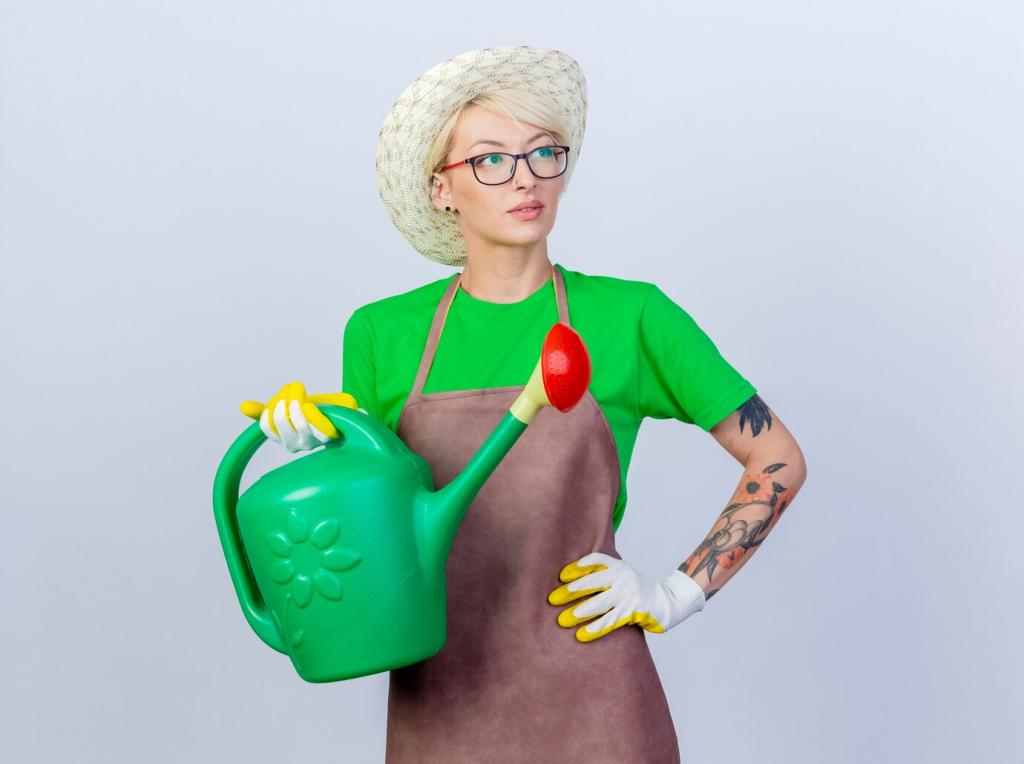Why Eco-Friendly Furniture Cleaning Matters Right Now
Conventional cleaners can release VOCs that irritate lungs and linger in fabrics. Plant-based surfactants, simple minerals, and low-fragrance blends clean effectively without harsh residues, helping sensitive households breathe easier while protecting delicate upholstery and wood.
Why Eco-Friendly Furniture Cleaning Matters Right Now
Eco-friendly routines reduce synthetic fragrances and aerosols that cling to fibers. Less residue means less dust attraction, fewer sneeze triggers, and more natural texture from upholstery and wood. Notice calmer scents, clearer air, and brighter fabric tones over time.
Why Eco-Friendly Furniture Cleaning Matters Right Now
Maya almost replaced her sun-faded linen sofa after chemical sprays dulled its feel. Switching to a light, plant-based mist and gentle vacuuming restored softness and color. She shared photos, and neighbors asked for her recipe—community tips that spread greener habits.
Why Eco-Friendly Furniture Cleaning Matters Right Now
Lorem ipsum dolor sit amet, consectetur adipiscing elit. Ut elit tellus, luctus nec ullamcorper mattis, pulvinar dapibus leo.


